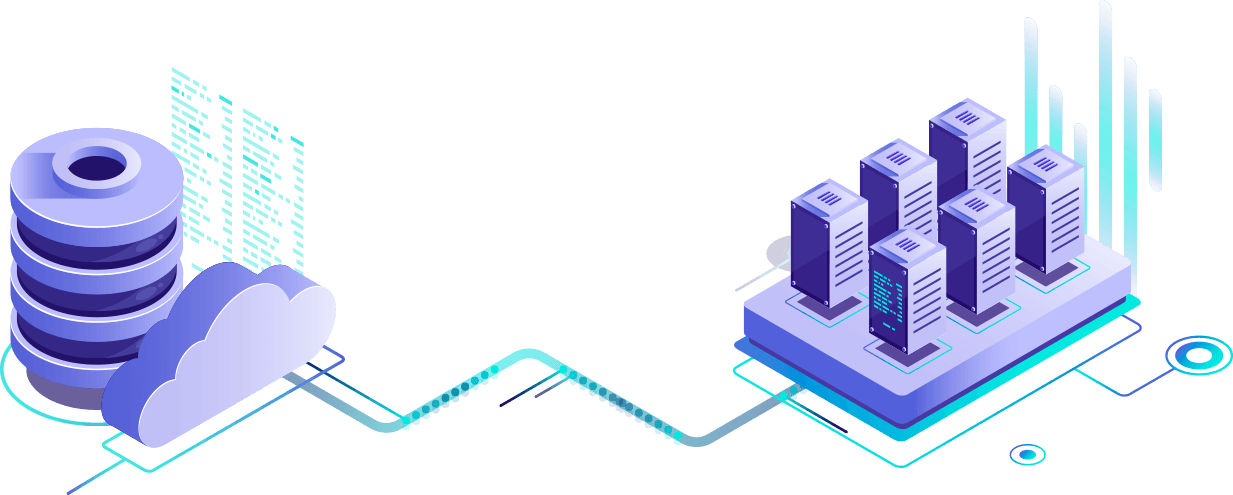Ddosphere offers to unleash your system’s power are:

The Fastest & Simplest Cloud Based DDoS Attack Tool
The ultimate cloud-based DDoS attack tool. In the ever-evolving landscape of cybersecurity, Ddosphere stands as your fastest and simplest solution for comprehensive DDoS testing
ABOUT DDOSPHERE
What We Offer
Speed Unleashed
Execute rapid, cloud-based DDoS tests effortlessly
Global Accessibility
Launch distributed attacks from any location worldwide
Simplicity Redefined
User-friendly interface for quick and easy operation
Scheduled Testing
Plan and automate DDoS testing according to your schedule
Result Comparison
Compare your attacks to monitor progress and analyze different attack scenarios
Team Collaboration
Foster collaboration with robust team-building capabilities. Efficiently manage roles within your organization, including Observer role management
Attack Reporting
Receive comprehensive reports on DDoS attack simulations
Geolocations
Test your defenses against DDoS attacks originating from different regions
Dashboard by Assets
Customize and monitor attacks based on assets
Attack Creation
Tailor DDoS attacks to suit your specific requirements
Why do you need Ddosphere ?
BENEFITS
Revitalizing Corporate Memory
Learn from past experiences, shape the future
Live Screen Monitoring
Watch the DDoS attacks unfold in real-time
Comparison Tool
Analyze and compare different DDoS attack scenarios.
DRR Score
Evaluate your system's resilience with our proprietary DRR Score
HOW IT WORKS
Steps for Beginning
Navigating Security Simplified with Ddosphere
Step 1 - Target
Select Your Target Address
Step 2 - Metric
Choose Your Desired Metric for the Attack
Step 3 - Attack
Create a Distributed Attack from Anywhere in the World
Step 4 - Monitoring
Watch it Live - Real-Time Monitoring of Attacks
Step 5 - Analysing
Analyze Your Results
Step 6 - Optimising
Fine-Tune and Optimize - Tailor future tests based on insights
- Level: 1-2
- Geolocation: Up to 2
- Attack Count: 1
- Duration: 1 hour
- 1 domain
- Data Retention Days: 30
- Unlimited Team Members
- Level: 1-2-3
- Geolocation: Up to 3
- Attack Count: 3
- Duration: 3 hour
- Up to 3 domains
- Data Retention Days: 180
- Unlimited Team Members
- Level: 1-2-3-4
- Geolocation: Up to 5
- Attack Count: 5
- Duration: 5 hour
- Unlimited domains
- Parallel Execution
- Data Retention Days: 365
- Unlimited Team Members
ATTACK TYPES & LEVELS
Attacks Types
The types of protocols we support

TCP SYN
This attack type is carried out using Transmission Control Protocol (TCP) SYN packets. By sending numerous connection requests (SYN) to the server, the goal is to deplete server resources. A TCP packet with an IP header is created, random data is added to the body, and it is sent. Source ports are assigned randomly, while the destination port remains constant

TCP ACK
This cyber attack involves using TCP ACK packets. The aim is to consume the resources of a service by continuously sending ACK packets. An ACK packet is created with an IP header, random data is added to the body, and it is sent. Source ports are assigned randomly, while the destination port remains constant

TCP SYN-ACK
This cyber attack is executed using TCP SYN-ACK packets. The attacker forces the resources of a service by sending SYN-ACK packets. SYN and ACK packets are created as the IP header, and random data is added to the body before being sent


HTTP(S) GET
This type of cyber attack is designed for web servers, aiming to overwhelm the server's processing capacity with intense HTTP GET requests. The goal is to disrupt the normal ability of the server to provide services. Requests are sent using a random agent list and random referer IP

HTTP(S) POST
This attack targets web servers by overloading them with POST requests. The objective is to hinder the normal operation and service capacity of the server. Requests are sent using a random agent list and random referer IP

UDP
This cyber attack is carried out using User Datagram Protocol (UDP) packets. The attacker attempts to deplete resources by sending a high volume of UDP packets to the target. An IP header and a UDP packet are created. The body is filled with random data before being sent

ICMP
This cyber attack involves using Internet Control Message Protocol (ICMP) packets. The attacker may attempt to deplete network resources by sending a large number of ICMP packets. The IP header and ICMP packet header are filled, and random data is sent as the packet's content

Attack Levels
Attack scenarios are defined at five different levels, each representing the maximum load the attack can create on the network. Each level is associated with specific BPS, PPS, and TPS values
FAQ
Frequently Asked Questions
What is Ddosphere?
How are the attacks performed?
Can the DDoS attack duration be less than 1 hour?
What are the supported attack types?
- HTTP(S) GET Flood
- HTTP(S) POST Flood
- TCP SYN Flood:
- TCP ACK Flood
- TCP SYN-ACK Flood
- UDP Flood
- ICMP Flood
For more detailed information please check our attack list.

